American Red Squirrel
- December 18, 2023
- 0 comment
The American Red Squirrel (Tamiasciurus hudsonicus) is a charismatic and industrious rodent that inhabits the forests of North America. Identified by its distinctive russet fur and vibrant reddish tail, these small creatures play a vital role in their ecosystems. However, conflicts often arise between red squirrels and humans, particularly when the rodents invade residential areas seeking food or nesting sites. While they are not officially protected by law, their status varies across regions, and certain states may have regulations regarding their control or removal.
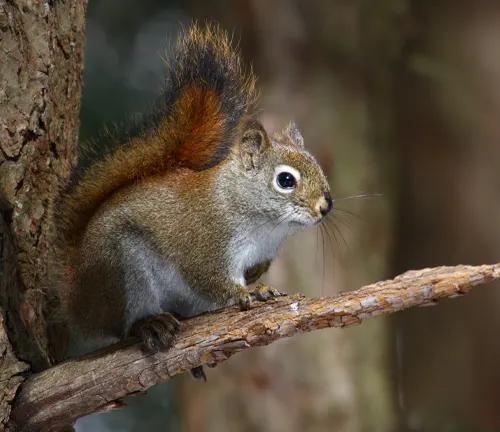
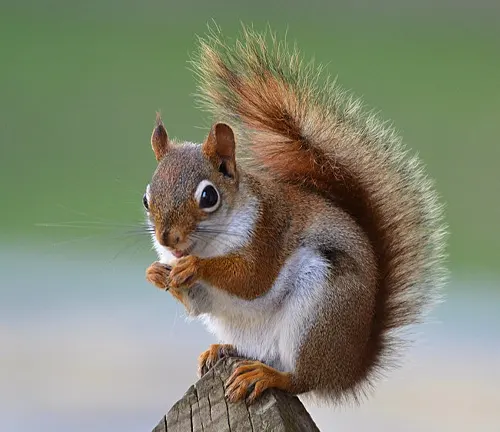
Recognizing the American Red Squirrel is relatively straightforward, as their reddish-brown fur, white underbellies, and tufted ears are characteristic features. Typically, their physical size is smaller than their gray squirrel counterparts, adding to their unique charm. Found predominantly in coniferous and mixed forests throughout North America, from Alaska to the Appalachians, these agile creatures are well-adapted to arboreal life.
Despite their endearing qualities, the presence of American Red Squirrels can sometimes pose health and safety concerns for humans. Their gnawing habits may lead to damage of structures or electrical wires, and their nests can create fire hazards if built in close proximity to power lines. Additionally, the rodents may carry diseases such as Lyme disease and tularemia, emphasizing the importance of maintaining a cautious coexistence with these furry denizens of the woods. As such, finding a balance between appreciating the ecological role of American Red Squirrels and addressing potential conflicts is crucial for fostering harmonious interactions between humans and these lively forest dwellers.
| Specification | Details |
|---|---|
| Scientific Name | Tamiasciurus hudsonicus |
| Common Name | American Red Squirrel |
| Identification | Distinctive russet fur, reddish tail, tufted ears, smaller size compared to gray squirrels |
| Habitat | Coniferous and mixed forests |
| Range | North America, from Alaska to the Appalachians |
| Legal Status | Not officially protected; regulations vary by region |
| Conflicts | Potential conflicts with humans due to nesting and foraging behaviors |
| Health and Safety Concerns | May carry diseases such as Lyme disease and tularemia; nesting habits can pose fire hazards |
The Enchanting World of the American Red Squirrel
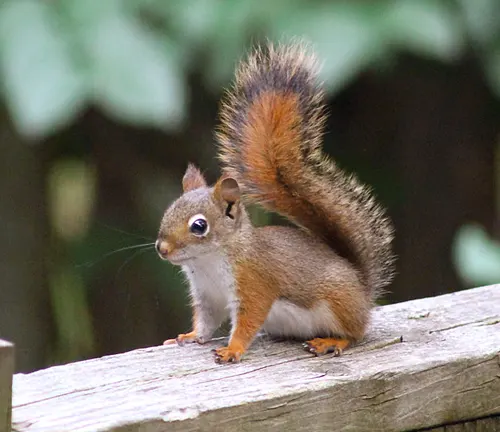
General Biology of the American Red Squirrel
The American Red Squirrel, scientifically known as Tamiasciurus hudsonicus, is a captivating inhabitant of North American forests. These charismatic rodents, distinguished by their russet fur and vibrant tails, play a significant role in their ecosystems. With a smaller size compared to their gray squirrel counterparts, these agile creatures exhibit unique behaviors and characteristics that make them stand out in the wild.
Reproduction
The reproductive cycle of the American Red Squirrel is a fascinating aspect of its biology. Typically, mating occurs in late winter or early spring, with females giving birth to a litter of three or four young after a gestation period of about 35 days. The maternal care and nurturing instincts of these squirrels are impressive, contributing to the survival of their offspring in the demanding forest environment.

Behavior
The behavior of the American Red Squirrel is marked by both curiosity and industriousness. Renowned for their acrobatic feats in the treetops, these squirrels are often observed foraging for seeds, nuts, and cones. Their territorial nature can lead to conflicts with other squirrels and wildlife, particularly when it comes to securing prime feeding and nesting locations.
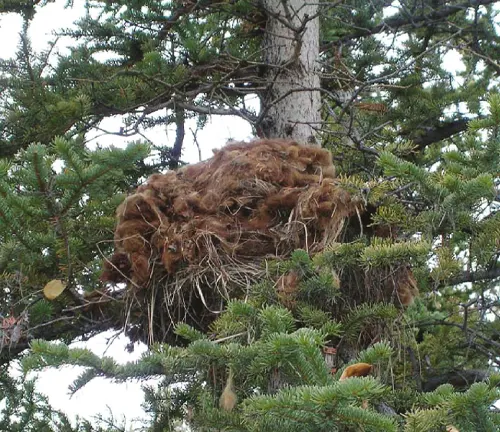
Nesting/Denning Cover
The American Red Squirrel showcases remarkable nesting and denning behaviors. Constructing elaborate nests called dreys in the branches of trees, they utilize a combination of leaves, twigs, and shredded bark. These nests serve as shelter and protection, providing a cozy home for raising their young and escaping predators.
Habitat
Adapted to life in coniferous and mixed forests, the American Red Squirrel thrives in a variety of wooded environments. From the expansive landscapes of Alaska to the Appalachian Mountains, these rodents demonstrate resilience and adaptability in their chosen habitats. Their presence is not only vital to the ecosystem but also contributes to the overall biodiversity of North American forests.
Food Habits
The diet of the American Red Squirrel is diverse and plays a crucial role in shaping their environment. Their foraging habits include the consumption of seeds, nuts, fungi, and even bird eggs. As seed hoarders, these squirrels play a pivotal role in the dispersal of seeds, influencing the regeneration of forest vegetation.
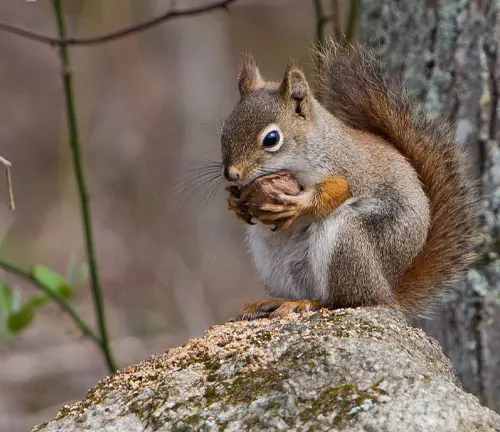
Voice, Sounds, Tracks, and Signs
Communication in the world of American Red Squirrels involves a repertoire of vocalisations, including chattering, barking, and even high-pitched screeches. These sounds serve various purposes, from warning of predators to signalling mating readiness. The presence of tracks and signs, such as gnawed pinecones and shredded bark, provides additional insight into their activities and territorial markings.
Navigating the Challenges
Damage Identification American Red Squirrel
The American Red Squirrel, with its vibrant fur and lively demeanor, brings a touch of nature’s charm to North American forests. However, coexistence with these energetic rodents sometimes introduces challenges, particularly when it comes to identifying and addressing the damage they may cause in various settings. Let’s delve into the specifics of damage identification caused by the American Red Squirrel.
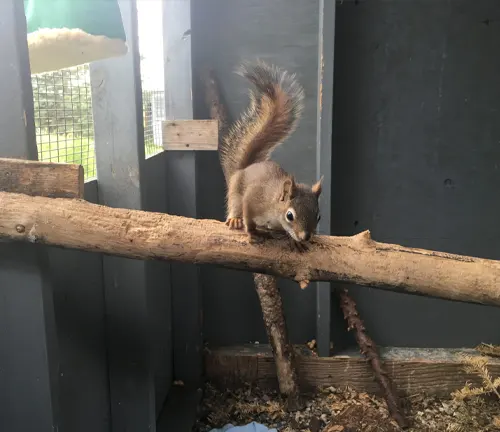
Damage to Landscapes
One of the notable impacts of American Red Squirrel activity is seen in the landscape. These avid foragers are known to dig small holes in lawns and gardens, searching for buried nuts or seeds. While these disturbances may seem minor, they can contribute to the disruption of carefully manicured landscapes, prompting homeowners and garden enthusiasts to find a delicate balance between appreciating wildlife and preserving their outdoor spaces.
Damage to Crops and Livestock
For those involved in agriculture, the American Red Squirrel’s appetite can pose challenges. These rodents may raid fruit and nut orchards, targeting crops and potentially affecting yields. Additionally, their presence can be a concern for livestock owners, as they may compete for food resources in pastures or contribute to the erosion of stored feed. Identifying and mitigating such agricultural impacts are crucial aspects of managing the interaction between these squirrels and rural environments.
Damage to Structures
Perhaps one of the more pressing concerns for homeowners and property managers is the potential damage to structures caused by American Red Squirrels. These rodents are avid chewers, and their gnawing habits can lead to issues such as damaged siding, insulation, and electrical wires. In urban and suburban areas, where human-made structures abound, understanding and addressing the impact on homes and buildings becomes essential for maintaining a harmonious living environment.

Strategies for Preventing and Controlling Damage Caused by the American Red Squirrel
Damage Prevention and Control Methods American Red Squirrel
The lively presence of American Red Squirrels in North American forests can sometimes lead to challenges, particularly when their activities result in damage to landscapes, crops, livestock, and structures. Addressing these issues requires a thoughtful approach to prevention and control. Let’s explore various methods employed to mitigate and manage damage caused by the American Red Squirrel.
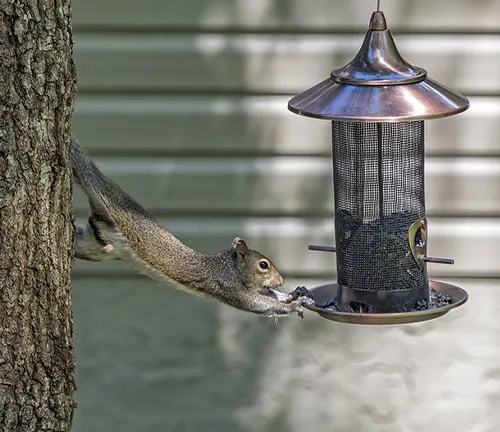
Habitat Modification
One of the primary strategies for damage prevention involves habitat modification. By manipulating the environment, individuals can discourage American Red Squirrels from frequenting certain areas. This may include removing attractants such as bird feeders, securing trash bins, and strategically placing plants that these squirrels find less appealing. A balanced modification approach can help create an environment that is less conducive to sustained squirrel activity.
Exclusion
Exclusion methods play a crucial role in preventing American Red Squirrels from accessing specific areas. This may involve using physical barriers like fences or netting to protect crops, gardens, or structures. Ensuring that entry points to homes or outbuildings are sealed effectively can minimize the likelihood of these rodents causing damage within human-made structures.
Frightening Devices
Frightening devices leverage sensory stimuli to deter American Red Squirrels. These can include motion-activated lights, ultrasonic devices, or even strategically placed decoys. By creating an environment that triggers discomfort or fear for the squirrels, these devices can help modify their behavior and reduce the likelihood of damage to targeted areas.

Repellents
Repellents, whether chemical or natural, offer another line of defense against unwanted squirrel activity. These substances emit odors or tastes that are unappealing to the squirrels, encouraging them to seek alternative foraging or nesting sites. Employing repellents can be an effective way to protect specific plants, structures, or areas from potential damage.
Toxicants
While the use of toxicants should be approached with caution, it is a method employed in some situations for squirrel control. This method involves the targeted application of rodenticides, which must be used following established guidelines to minimize risks to non-target species and the environment. Professional assistance is often recommended when considering toxicants as a control method.
Shooting
In certain rural settings, where local regulations permit, shooting may be considered as a method of controlling American Red Squirrel populations. This method requires skill and adherence to firearm safety guidelines. It is essential to recognize that shooting may not be suitable or permissible in all locations.
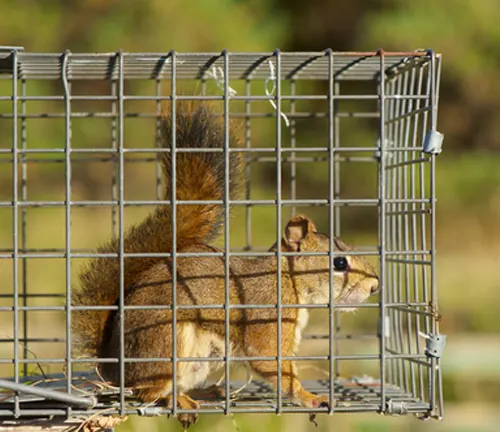
Trapping
Trapping is a humane and controlled method of managing squirrel populations. Live traps can be strategically placed to capture squirrels, allowing for their relocation to more suitable habitats away from areas where damage is a concern. This method requires careful monitoring and compliance with local wildlife regulations.
Different Species
Tamiasciurus hudsonicus hudsonicus
This subspecies is found in the eastern part of North America, including areas from the Atlantic coast to the Great Lakes region.
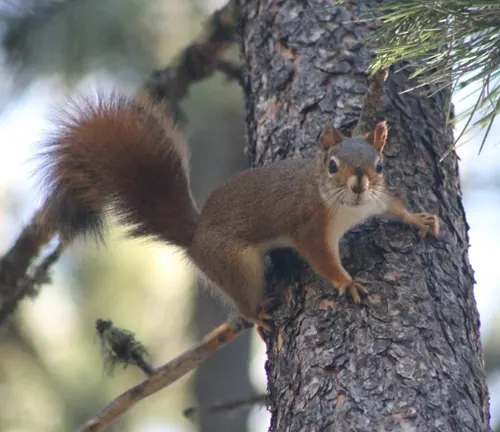

Tamiasciurus hudsonicus abieticola
Commonly known as the Rocky Mountain Red Squirrel, this subspecies inhabits the western part of North America, particularly the Rocky Mountains and surrounding areas.
Tamiasciurus hudsonicus grahamensis
The Kaibab Squirrel, a distinctive white-tailed subspecies, is found in the ponderosa pine forests of the Kaibab Plateau in Arizona.
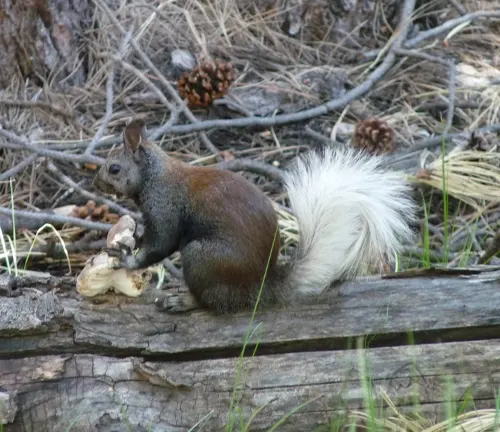

Tamiasciurus hudsonicus loquax:
The Mearns’s Squirrel, residing in the southwestern United States, has a range that extends into parts of Arizona and New Mexico.
Tamiasciurus hudsonicus pallidus:
The Red Squirrel of the Great Basin, or Pallid Squirrel, is found in the Great Basin region, covering parts of Nevada, Utah, and adjacent states.

Frequently Asked Questions (FAQs)
1. What is the American Red Squirrel?
The American Red Squirrel (Tamiasciurus hudsonicus) is a small rodent native to North America, recognized for its vibrant reddish-brown fur and lively behavior. It is a member of the Sciuridae family, which includes tree squirrels.
2. Where can American Red Squirrels be found?
American Red Squirrels are distributed across North America, from Alaska to the Appalachian Mountains. They inhabit coniferous and mixed forests, adapting to various environments.
3. What do American Red Squirrels eat?
Their diet primarily consists of seeds, nuts, fungi, and sometimes bird eggs. They are known for their habit of caching food, creating hidden stashes of seeds and nuts for later consumption.
4. Are American Red Squirrels territorial?
Yes, these squirrels are territorial, and they may exhibit aggressive behavior towards other squirrels to defend their territory and resources.
5. How do American Red Squirrels communicate?
Communication involves various vocalizations such as chattering, barking, and screeching. They also use visual signals and may engage in tail-flagging to express agitation or warn of potential danger.
6. Do American Red Squirrels hibernate?
American Red Squirrels do not hibernate in the traditional sense. Instead, they are active year-round and rely on stored food to survive during harsh winter conditions.
7. What is the difference between American Red Squirrels and other squirrel species?
American Red Squirrels are smaller than their gray squirrel counterparts and are distinguished by their reddish-brown fur, white underbellies, and tufted ears.
8. Do American Red Squirrels cause damage?
In certain situations, American Red Squirrels can cause damage by foraging in gardens, gnawing on structures, and potentially competing for resources in agricultural settings.
9. Are American Red Squirrels protected by law?
While they are not officially protected, regulations regarding the control or removal of American Red Squirrels may vary by region. It’s essential to be aware of local wildlife regulations.
10. How can I prevent damage caused by American Red Squirrels?
Prevention methods include habitat modification, exclusion techniques, and the use of deterrents. Understanding their behavior and implementing humane solutions can help minimize potential conflicts.



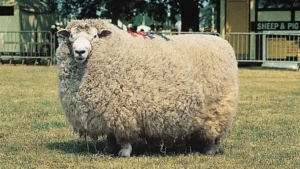
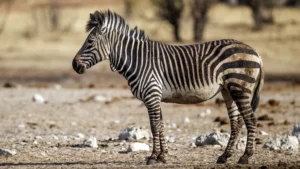


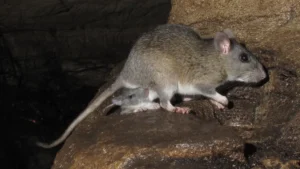
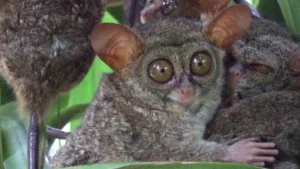


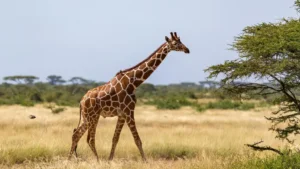

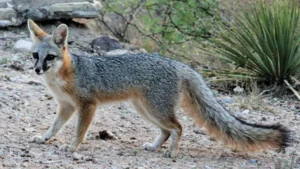
Leave your comment